Banská Bystrica
Banská Bystrica (German: Neusohl, Hungarian: Besztercebánya, Latin: Villa Nova), is a large town in central Slovakia, on the Hron river.
Banská Bystrica | |
|---|---|
City | |
 Banská Bystrica's main square | |
 Flag  Coat of arms | |
| Etymology: "mining creek" | |
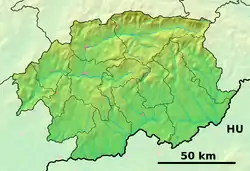 Banská Bystrica Location of Banská Bystrica in the Banská Bystrica Region 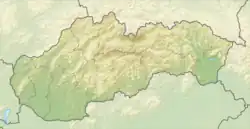 Banská Bystrica Banská Bystrica (Slovakia) | |
| Coordinates: 48°44′07″N 19°08′43″E | |
| Country | |
| Region | Banská Bystrica |
| District | Banská Bystrica |
| First mentioned | 1255 |
| Government | |
| • Mayor | Ján Nosko |
| Area | |
| • Total | 103.38 km2 (39.92 sq mi) |
| (2022) | |
| Elevation | 362 m (1,188 ft) |
| Population | |
| • Total | 74,590 |
| • Density | 720/km2 (1,900/sq mi) |
| Time zone | UTC+1 (CET) |
| • Summer (DST) | UTC+2 (CEST) |
| Postal code | 97401 |
| Area code | +421-48 |
| Car plate | BB |
| Website | eng.banskabystrica.sk |
History
It was first mentioned in 1255 as a royal free mining town. The town had rich ore deposits, mainly copper, and to a lesser extent silver, gold and iron. As the deposits were depleted, the town has reoriented to the industry. During the World War II, the Slovak National Uprising broke out in the town.
Sister cities
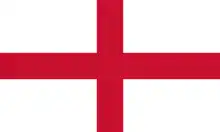 - Durham, England
- Durham, England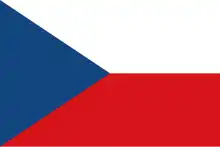 - Hradec Králové, Czech Republic
- Hradec Králové, Czech Republic - Salgótarján, Hungary
- Salgótarján, Hungary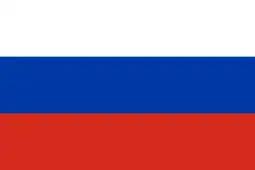 - Tula, Russia
- Tula, Russia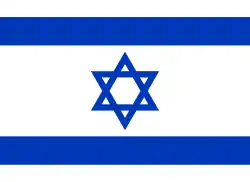 - Herzliya, Israel
- Herzliya, Israel - Larissa, Greece
- Larissa, Greece - Montana, Bulgaria
- Montana, Bulgaria - Tarnobrzeg, Poland
- Tarnobrzeg, Poland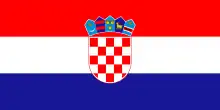 - Zadar, Croatia
- Zadar, Croatia - Ascoli Piceno, Italy
- Ascoli Piceno, Italy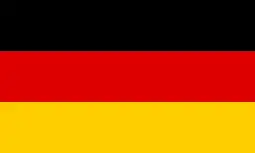 - Halberstadt, Germany
- Halberstadt, Germany - Dabas, Hungary
- Dabas, Hungary - Budva, Montenegro
- Budva, Montenegro - Radom, Poland
- Radom, Poland - Kovačica, Serbia
- Kovačica, Serbia - Vršac, Serbia
- Vršac, Serbia
References
- Statistical Office of the Slovak Republic (www.statistics.sk). "Hustota obyvateľstva - obce". www.statistics.sk. Retrieved 2024-02-08.
- Statistical Office of the Slovak Republic (www.statistics.sk). "Počet obyvateľov podľa pohlavia - obce (ročne)". www.statistics.sk. Retrieved 2024-02-08.
This article is issued from Wikipedia. The text is licensed under Creative Commons - Attribution - Sharealike. Additional terms may apply for the media files.